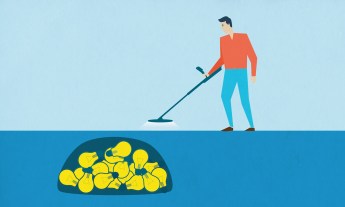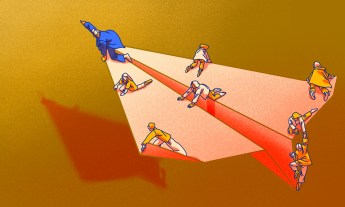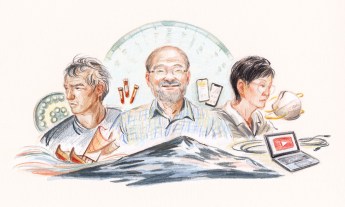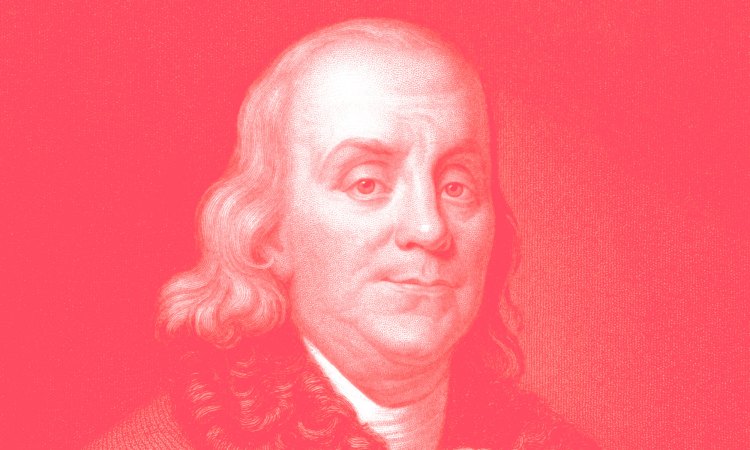
The history of innovation isn’t a straight line, but a squiggly, winding path. In How We Got To Now, my new book and PBS documentary series, I highlight some of the creative mistakes that helped shape our world.
Like most history, the narratives of innovation tend to be written by — and about — the victors. The traditional timeline of historic breakthroughs will almost surely include the Wright Brothers and the invention of the airplane in 1903 and Tim Berners-Lee and the advent of the World Wide Web in 1989. But the history of invention is filled with just as many heroic mistakes and creative failures. Here are a few of my favorite missteps and lessons:
Invention: The Phonautograph.
Inventor’s mistake: A glaring blind spot in their field of vision. In the early 1850s, the French inventor Édouard-Léon Scott de Martinville invented the first device capable of recording sound waves, more than 20 years before Edison invented the phonograph. So why did Edison get all the fame? Because Scott failed to include one key feature in his device: playback. There was no way to listen to the audio that had been recorded; you could just look at the sound waves etched on a sheet of paper. And the amazing thing about Scott’s phonautograph is that he wasn’t even trying to incorporate playback into his device; the idea simply never even occurred to him. Just a few years ago, a team of sound historians named David Giovannoni, Patrick Feaster, Meagan Hennessey and Richard Martin discovered a trove of Scott’s phonautographs in the Academy of Sciences in Paris, including one from April 1860 that had been marvelously preserved. Giovannoni and his colleagues scanned the faint, erratic lines and converted the image into a digital waveform. They played it back through computer speakers. At first, they thought they were hearing a woman’s voice, singing the French folk song “Au clair de la lune,” but later they realized they had been playing back the audio at double its recorded speed. When they dropped it down to the right tempo, a man’s voice appeared out of the crackle and hiss: Martinville himself warbling from the grave.
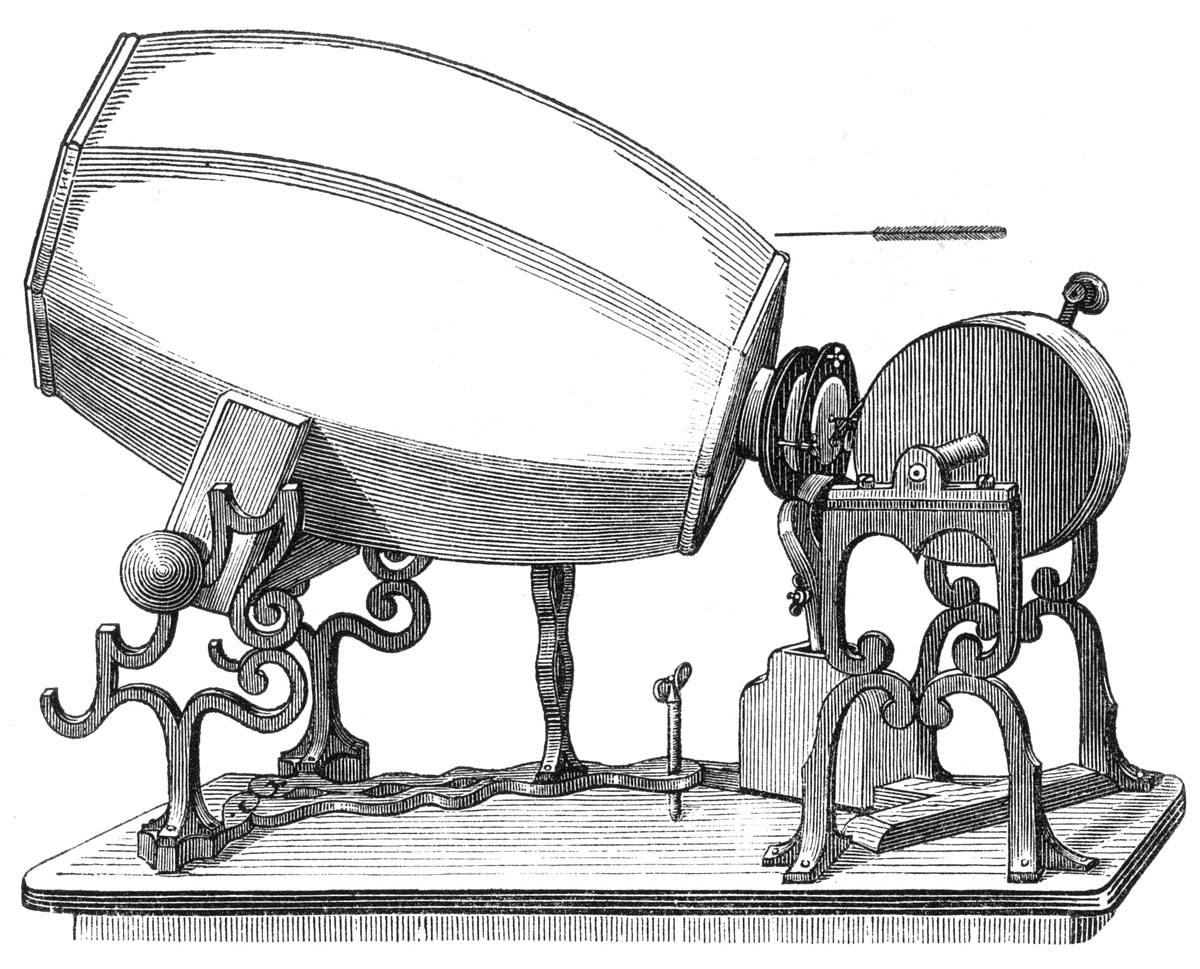
Invention: The Phonograph.
Inventor’s mistake: Creating a device that changes the world, but for completely different reasons than they themselves imagined. Thomas Edison managed to complete Scott’s project and add audio playback with the invention of the phonograph in 1877. But he almost entirely misunderstood how the device would be used. In a famous essay published in the North American Review in 1878, he outlined a dozen different uses. “The main utility of the phonograph,” he argued, would be “the purpose of letter-writing and other forms of dictation.” In other words, people would dictate letters onto wax cylinders, and send them to friends or business colleagues through the post — a more literal form of voicemail. He also imagined the phonograph being used for audio books, talking clocks, and recording the dying words of family members. He did briefly mention what would become the dominant function for his invention — listening to music — but most of the other 11 uses he imagined turned out to be almost entirely irrelevant.
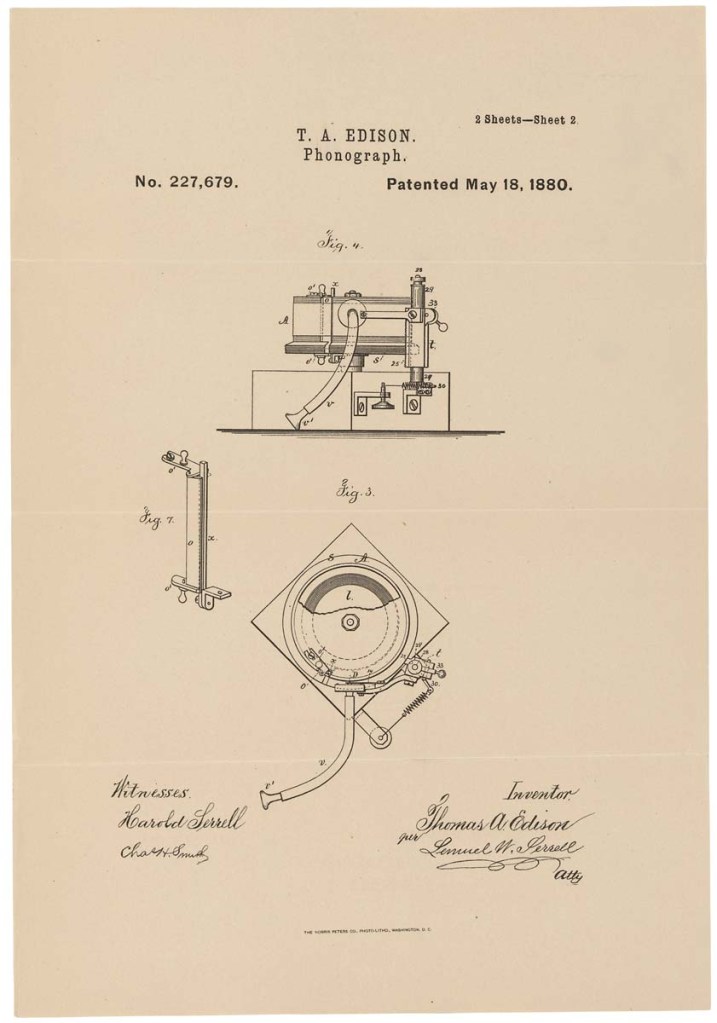
Invention: The Audion.
Inventor’s mistake: Failing to understand the basic mechanics of their invention. In the first years of the 20th century, American inventor Lee de Forest began a series of experiments with a spark-gap transmitter, a device that created a bright, monotone pulse of electromagnetic energy that could be detected by antennae miles away. It was perfect for sending Morse code. One night, while de Forest was triggering a series of pulses, he noticed something strange happening across the room: every time he created a spark, the flame in his gas lamp turned white and increased in size. De Forest thought that the electromagnetic pulse was intensifying the flame. That flickering gaslight planted a seed in his head: maybe gas could be used to amplify weak radio reception, making it strong enough to carry the more information-rich signal of spoken words, or even music. The device that de Forest built based on this insight — the Audion — would prove to be a spectacular financial flop. Accused of defrauding his investors, de Forest sold the patent to Bell Labs for a small sum to cover his mounting legal bills. When the researchers at Bell Labs took over, they discovered something extraordinary: from the very beginning, de Forest had been flat-out wrong about what he was inventing. The increase in the gas flame had nothing to do with electromagnetic radiation; it was caused by sound waves from the loud noise of the spark. Over the next decade, engineers at Bell Labs and elsewhere modified his basic three-electrode design, removing the gas from the bulb so that it sealed a perfect vacuum, transforming it into both a transmitter and a receiver. The result was the vacuum tube, the first great breakthrough of the electronics revolution.
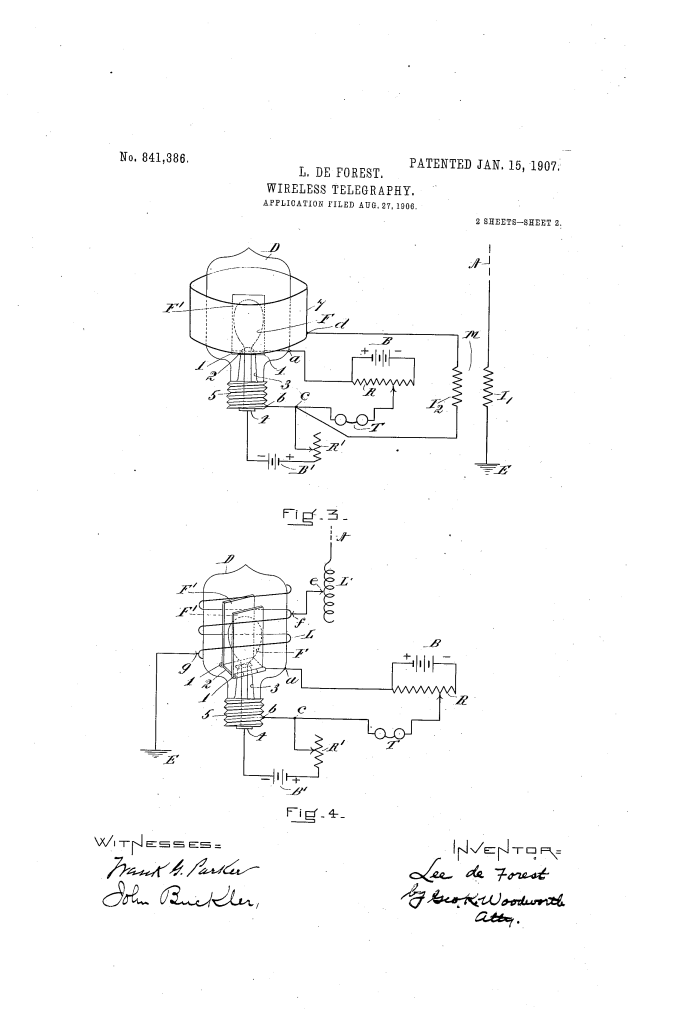
Invention: Ice Shipping.
Inventor’s mistake: Failing to anticipate the response of the market. The 19th-century entrepreneur Frederic Tudor had a vision as a young man of shipping blocks of ice from frozen New England lakes to tropical areas, where they could be sold at a staggering markup. Tudor hit upon a technique to keep the ice blocks from melting during the voyage — in initial test shipments from Boston to Martinique, the ice survived the journey in remarkably good shape. But there was a problem that Tudor had never contemplated: the residents of Martinique had no interest in his exotic frozen bounty. They simply had no idea what to do with it. In 1800, the overwhelming majority of people living in equatorial climates would have never experienced anything truly cold. The idea of frozen water would have been as fanciful to them as an iPhone. Tudor assumed that the novelty of ice would be a point in his favor that his blocks would “out-do” all the other luxuries. Instead, the ice received blank stares. He posted handbills around town that included instructions on how to carry and preserve the ice, but found few takers. He did make some ice cream, impressing a few locals who believed the delicacy couldn’t be created so close to the equator, but the trip was ultimately a failure. In his diary, he estimated that he had lost nearly $4,000. Eventually, Tudor persuaded customers that there was value in ice; before his death, he assembled a vast shipping networking that delivered ice from New England to Rio and Bombay. For a stretch of the 19th-century, ice was the second biggest American export, behind cotton. And before long, inspired by Tudor’s success, other entrepreneurs set out to create artificial cold through mechanical means.
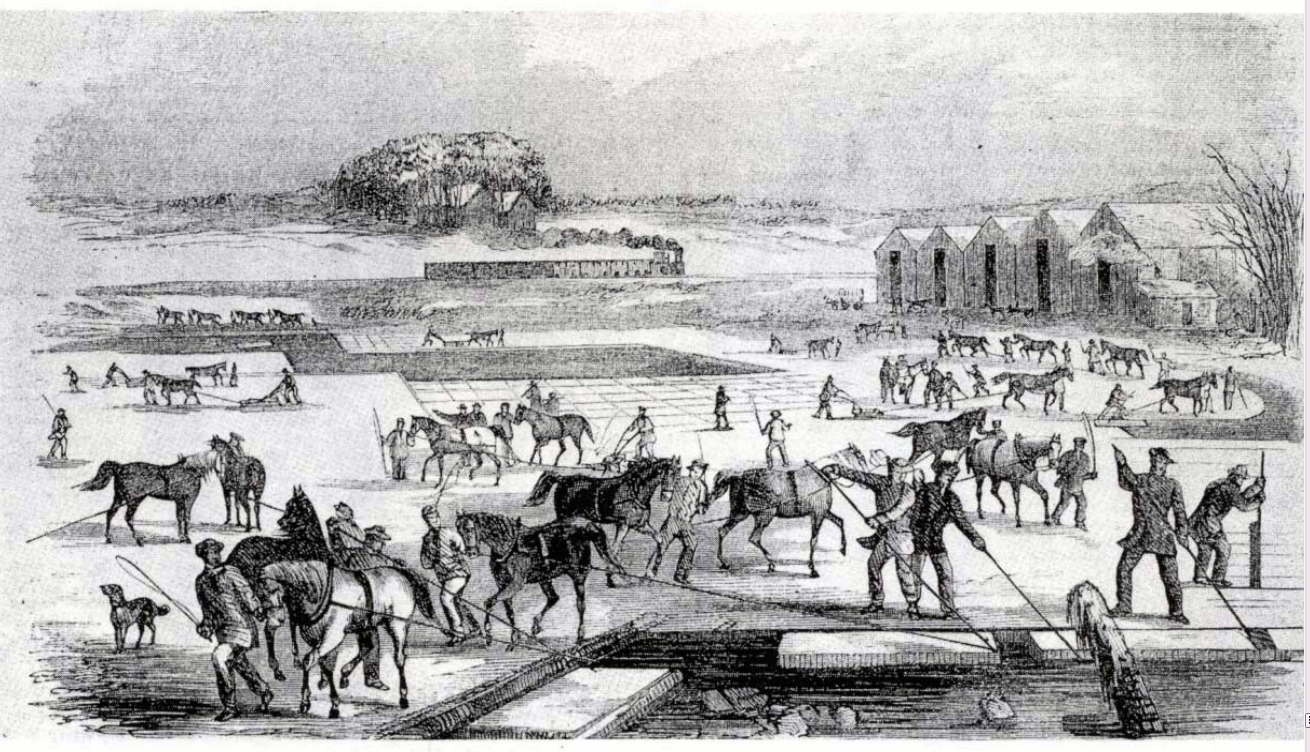
Learn about many more creative failures in Johnson’s book, How We Got To Now, and in his PBS series of the same name. Episode five airs on Wednesday, November 5 at 10/9c, with the final episode following on November 12 at the same time. If you missed the first four episodes — on Light, Glass, Clean Water and Time — you can watch via PBS. A companion site with news about modern innovations can be found at HowWeGetToNext.com.
















